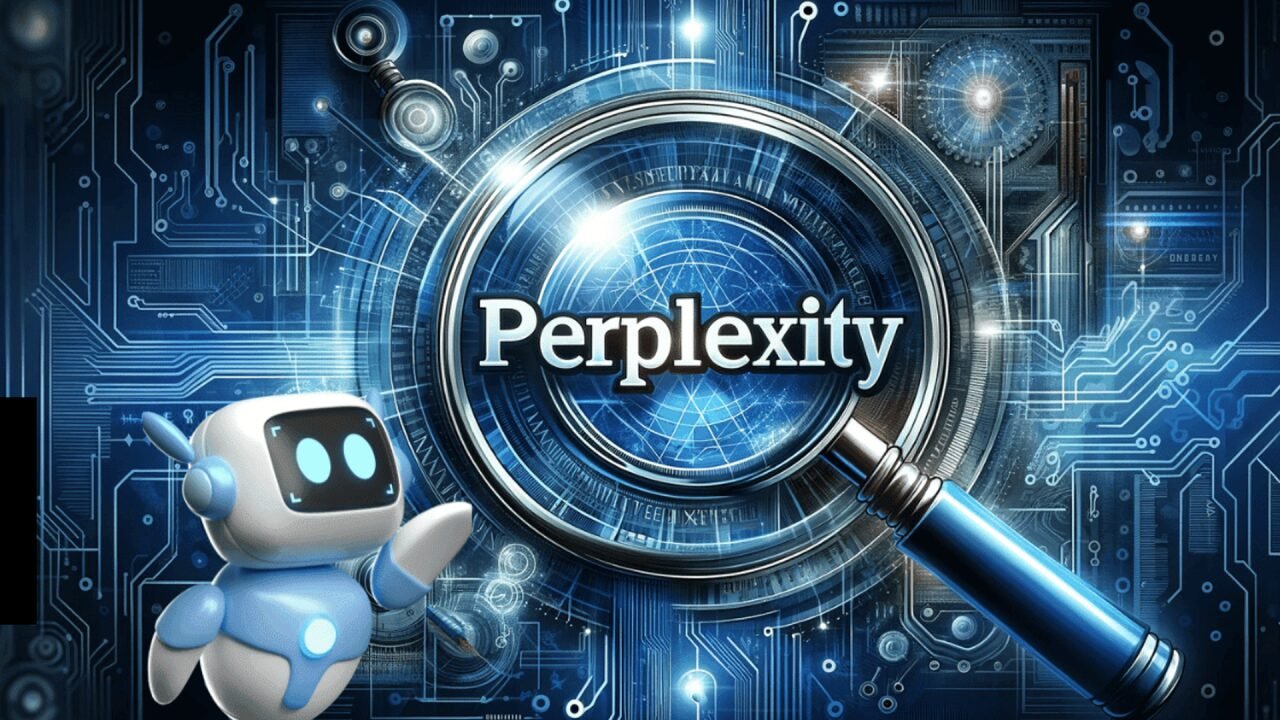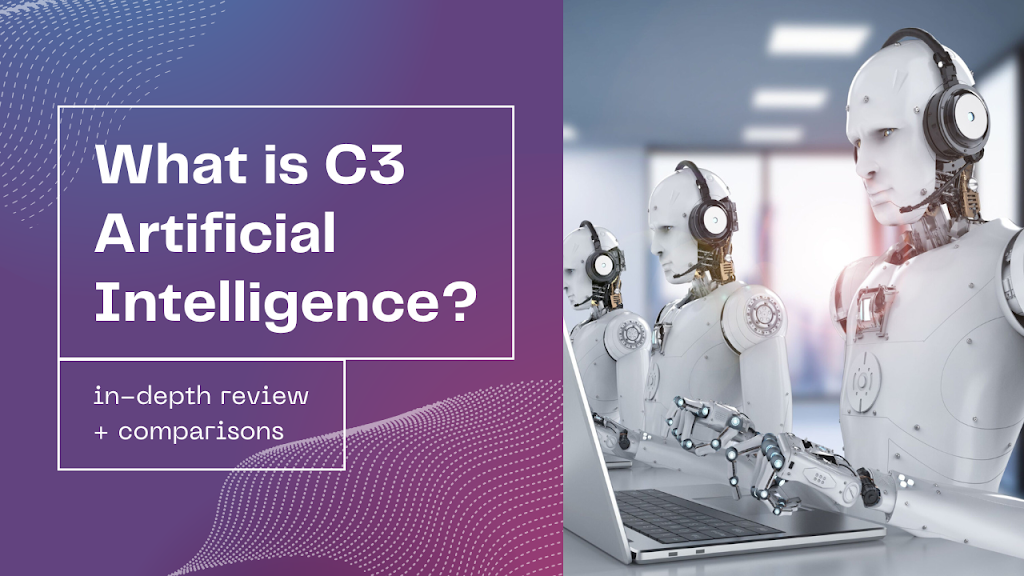Table of Contents:
I. Introduction
II. What is AI?
III. Brief History of AI
IV. Types of AI
V. Applications of AI
VI. The Impact of AI on Society
VII. The Ethical Implications of AI
VIII. Future of AI
IX. Conclusion
I. Introduction
Artificial intelligence, commonly known as AI, is a rapidly growing field that is transforming the way we live and work. AI is being used in a wide range of applications, from self-driving cars and speech recognition to fraud detection and healthcare. In this blog article, we will explore the history, types, applications, impact, and future of AI.
II. What is AI?
AI is a field of computer science that focuses on creating machines that can perform tasks that typically require human intelligence, such as visual perception, speech recognition, decision-making, and natural language processing. AI systems are designed to learn from experience, adapt to new data, and improve over time. AI is often divided into two main categories: narrow AI and general AI.
Narrow AI, also known as weak AI, is designed to perform specific tasks, such as playing chess or driving a car. These systems are programmed to follow specific rules and make decisions based on predefined criteria. They are not capable of thinking or learning beyond their specific task.
General AI, also known as strong AI, is a hypothetical AI system that would be capable of performing any intellectual task that a human can do. This type of AI would have a broad range of intellectual abilities, including reasoning, problem-solving, and decision-making. While general AI is still a long way off, many researchers are working towards this goal.
III. Brief History of AI
The history of AI dates back to the 1950s, when researchers first began to explore the possibility of creating machines that could think and learn like humans. In 1956, a group of researchers organized the Dartmouth Conference, which is considered to be the birthplace of AI. The conference brought together researchers from various fields, including mathematics, psychology, and computer science, to discuss the possibility of creating intelligent machines.
In the years that followed, researchers made significant progress in developing AI systems. In the 1960s, researchers developed the first AI programs that could play simple games like tic-tac-toe and checkers. In the 1970s, researchers developed expert systems, which were AI programs that could solve complex problems in specific domains, such as medical diagnosis or financial analysis.
In the 1980s and 1990s, researchers developed machine learning algorithms that could learn from data and improve their performance over time. This led to the development of a new field of AI called neural networks, which are computer systems that are designed to simulate the way that the human brain works.
In recent years, advances in computing power, data storage, and machine learning algorithms have led to significant breakthroughs in AI. Today, AI is being used in a wide range of applications, from speech recognition and image recognition to natural language processing and decision-making.
IV. Types of AI
AI is often divided into two main categories: narrow AI and general AI. Within these categories, there are several subfields of AI, each with its own specific focus.
- Narrow AI
Narrow AI is designed to perform specific tasks, such as playing chess or driving a car. Within the field of narrow AI, there are several subfields, including:
-
- Expert Systems: Expert systems are AI programs that are designed to solve complex problems in specific domains, such as medical diagnosis or financial analysis.
- Machine Learning: Machine learning is a subfield of AI that focuses on developing algorithms that can learn from data and improve their performance over time.
- Natural Language Processing: Natural language processing is
a subfield of AI that focuses on enabling machines to understand and generate human language.
-
-
- General AI
-
General AI, also known as strong AI, is a hypothetical AI system that would be capable of performing any intellectual task that a human can do. While general AI is still a long way off, many researchers are working towards this goal.
V. Applications of AI
AI is being used in a wide range of applications, from self-driving cars and speech recognition to fraud detection and healthcare. Here are some examples of how AI is being used today:
-
-
- Self-Driving Cars
-
Self-driving cars use AI to interpret the world around them and make decisions based on what they see. These systems use sensors and cameras to detect other vehicles, pedestrians, and obstacles in the road.
- Speech Recognition
Speech recognition systems use AI to interpret spoken language and convert it into text. These systems are used in virtual assistants like Siri and Alexa, as well as in call center applications and language translation services.
- Image Recognition
Image recognition systems use AI to identify objects and patterns in images. These systems are used in security cameras, medical imaging, and self-driving cars, among other applications.
- Fraud Detection
Fraud detection systems use AI to analyze patterns of behavior and detect anomalies that may indicate fraud. These systems are used in banking, insurance, and e-commerce applications.
- Healthcare
AI is being used in healthcare to improve patient outcomes and reduce costs. AI systems are being used to analyze medical imaging, predict disease progression, and personalize treatment plans.
VI. The Impact of AI on Society
The impact of AI on society is complex and multifaceted. While AI has the potential to improve our lives in many ways, it also raises significant concerns about job displacement, privacy, and inequality.
One of the biggest concerns about AI is its potential to automate jobs and displace workers. While some experts believe that AI will create new jobs to replace those that are lost, others worry that the transition to a more automated economy could be painful and disruptive.
Another concern about AI is its impact on privacy. AI systems collect vast amounts of data about individuals, and there are concerns about how this data is being used and who has access to it.
Finally, AI has the potential to exacerbate existing inequalities in society. AI systems are only as good as the data that they are trained on, and if this data is biased, the resulting AI systems will be biased as well.
VII. The Ethical Implications of AI
The ethical implications of AI are complex and multifaceted. As AI systems become more sophisticated and integrated into our lives, there are concerns about their impact on our values, beliefs, and relationships.
One of the biggest ethical concerns about AI is its potential to create systems that are biased or discriminatory. If AI systems are trained on data that is biased, they will produce biased results.
Another ethical concern about AI is its potential to erode privacy and autonomy. AI systems are capable of collecting vast amounts of data about individuals, and there are concerns about how this data is being used and who has access to it.
Finally, there are concerns about the impact of AI on our relationships with each other and with the world around us. As AI becomes more integrated into our lives, there is a risk that we will become increasingly dependent on it, and that our relationships with other humans and the natural world will suffer.
VIII. Future of AI
The future of AI is difficult to predict, but there are some trends that are likely to shape its development in the coming years. These include:
- Advances in Machine Learning
Advances in machine learning algorithms will continue to drive progress in AI. As these algorithms become more sophisticated, they will be able to learn from larger and more complex datasets,and make more accurate predictions and decisions.
- Increased Integration with Other Technologies
AI is likely to become more integrated with other technologies, such as robotics and the Internet of Things (IoT). This will enable AI systems to interact with the physical world in new and more powerful ways.
- Greater Focus on Ethics and Governance
As AI becomes more integrated into our lives, there will be a greater focus on ethics and governance. This will involve developing standards and guidelines for the development and deployment of AI systems, as well as addressing the ethical implications of these systems.
- Continued Investment in Research and Development
Finally, there is likely to be continued investment in research and development in the field of AI. This will involve not only improving existing technologies, but also exploring new approaches to AI, such as quantum computing and neuromorphic computing.
IX. Conclusion
AI is one of the most exciting and rapidly evolving fields in computer science today. While AI has already had a significant impact on many aspects of our lives, from healthcare to transportation, its potential to transform the world is far from being fully realized.
As we continue to develop and deploy AI systems, it is important to remain mindful of the potential risks and challenges associated with this technology. By addressing these challenges head-on and working to develop AI in an ethical and responsible manner, we can ensure that this powerful technology benefits us all.








